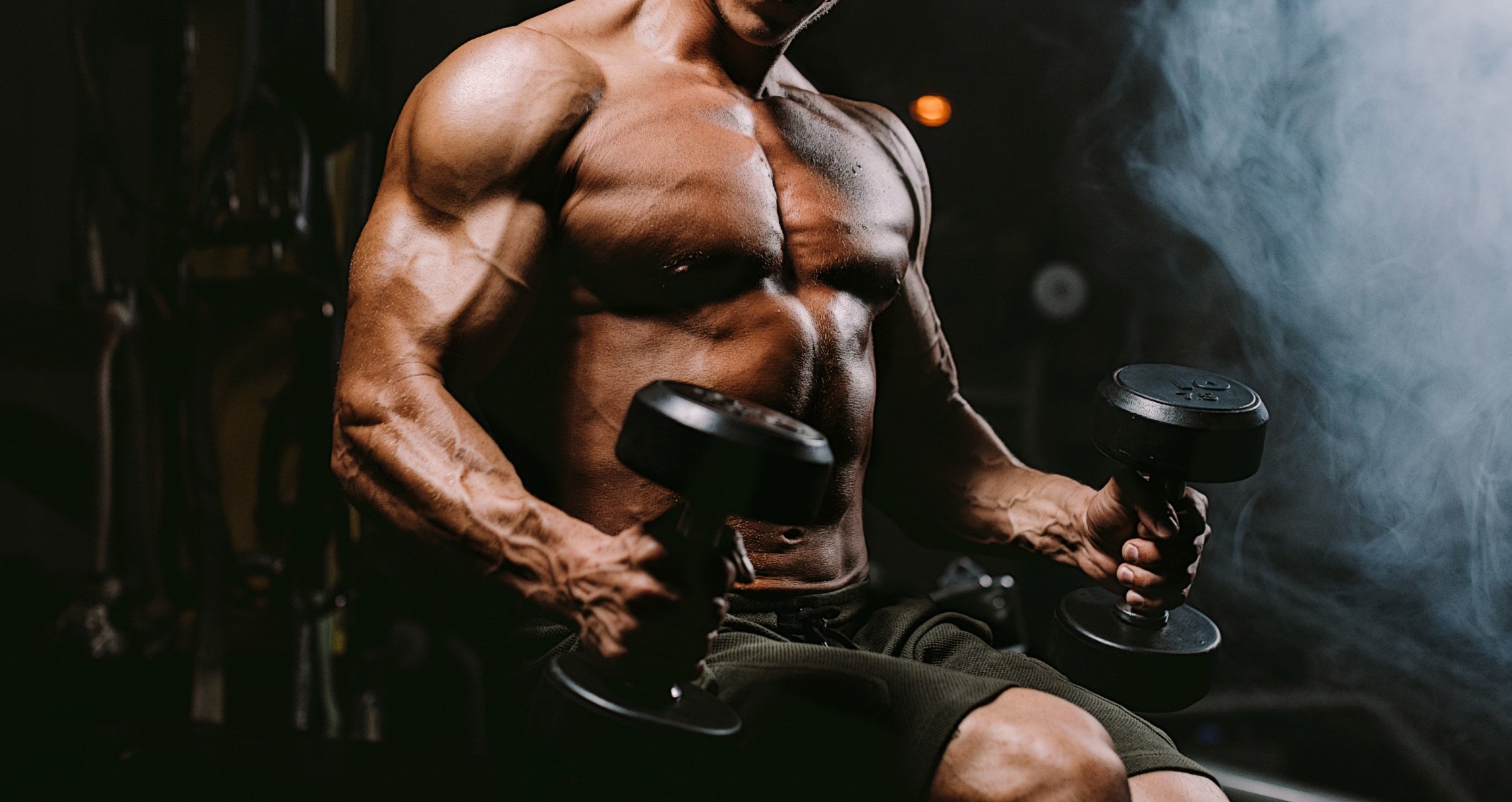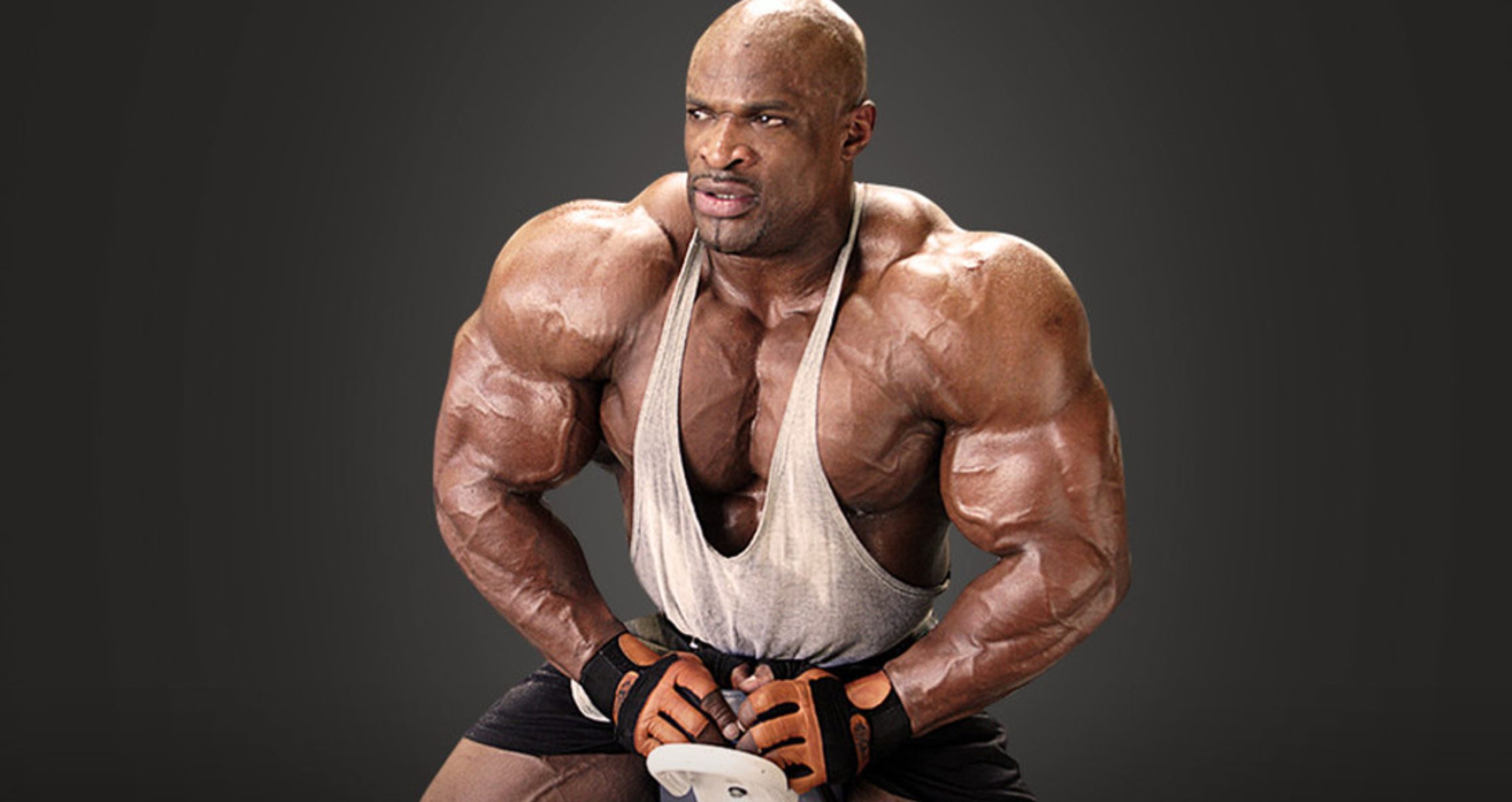Full Exercise Guide, Instructions, and Variations
The Seated Dumbbell Shoulder Press is one of the most effective exercises for building stronger, more defined shoulders. By performing the press in a seated position, you minimize the use of momentum and isolate the deltoid muscles for maximum engagement. This exercise is ideal for all fitness levels and can be incorporated into upper-body strength training or hypertrophy (muscle growth) programs.
Our team at Generation Iron is going to break down how to do the seated dumbbell shoulder press.
- Primary Muscles Worked: Shoulders (Deltoids – anterior, lateral, and posterior heads)
- Secondary Muscles Worked: Triceps, upper chest (clavicular head of the pectoralis major)
- Equipment Needed: Dumbbells, Adjustable Bench with Back Support
How to Perform the Seated Dumbbell Shoulder Press – Step-by-Step Instructions:
-
Set Up:
Adjust a bench to an upright position with full back support. Sit down with your feet flat on the floor for stability. -
Position the Dumbbells:
Grasp a dumbbell in each hand and rest them vertically on your thighs. Use a firm, comfortable grip. -
Lift into Starting Position:
Use your thighs to help “kick” the dumbbells up to shoulder height, with your elbows bent at about a 90-degree angle. -
Hand and Wrist Position:
Rotate your wrists so your palms are facing forward. Keep your core tight and back pressed firmly into the bench. This is your starting position. -
Press the Dumbbells Overhead:
Exhale as you press the dumbbells straight upward by extending your elbows fully. Make sure the weights travel in a controlled, vertical path. -
Lockout and Pause:
Briefly pause at the top once your arms are fully extended, locking out your elbows without hyperextending. -
Lower the Dumbbells:
Inhale as you slowly lower the dumbbells back down to shoulder height, keeping the movement controlled to maintain tension on the shoulders. -
Repeat:
Perform the desired number of repetitions, maintaining proper form throughout.
Tips for Proper Form:
-
Keep your core engaged throughout the lift to protect your lower back.
-
Avoid using momentum; focus on slow, controlled movements.
-
Do not lower the dumbbells below shoulder height to maintain constant tension on your deltoids.
-
Ensure your head and neck stay neutral and supported against the bench.
Seated Dumbbell Shoulder Press Variations and Alternatives:
1. Standing Barbell Shoulder Press
The Standing Barbell Shoulder Press is a powerful compound movement that allows you to lift heavier weights by engaging your legs and core. It’s a great alternative for those wanting to develop full-body strength alongside shoulder development. Using a slight push from the legs (also known as a “push press”) can help you press through heavier loads.
2. Clean and Press
The Clean and Press is a full-body power exercise that builds explosiveness, strength, and coordination. It combines a pulling motion from the floor (similar to a deadlift) followed by a press overhead.
3. Upright Barbell Row
This movement targets the traps, lateral deltoids, and upper back. It serves as an excellent supplementary exercise to the dumbbell or barbell shoulder press.
4. Barbell Shrug
While focused more on the trapezius muscles, Barbell Shrugs are a beneficial accessory exercise to support heavy overhead pressing by strengthening the upper back and stabilizers.
Conclusion
The Seated Dumbbell Shoulder Press is a foundational upper-body exercise that strengthens and builds the shoulder muscles effectively while reducing the risk of lower back strain compared to standing variations. Incorporate it into your shoulder day or upper-body routine to enhance size, strength, and stability in your deltoids. For best results, combine it with other pressing and pulling movements like the Standing Barbell Shoulder Press, Clean and Press, and Upright Rows.
Let us know what you think in the comments below. Also, be sure to follow Generation Iron on Facebook, Twitter, and Instagram.







